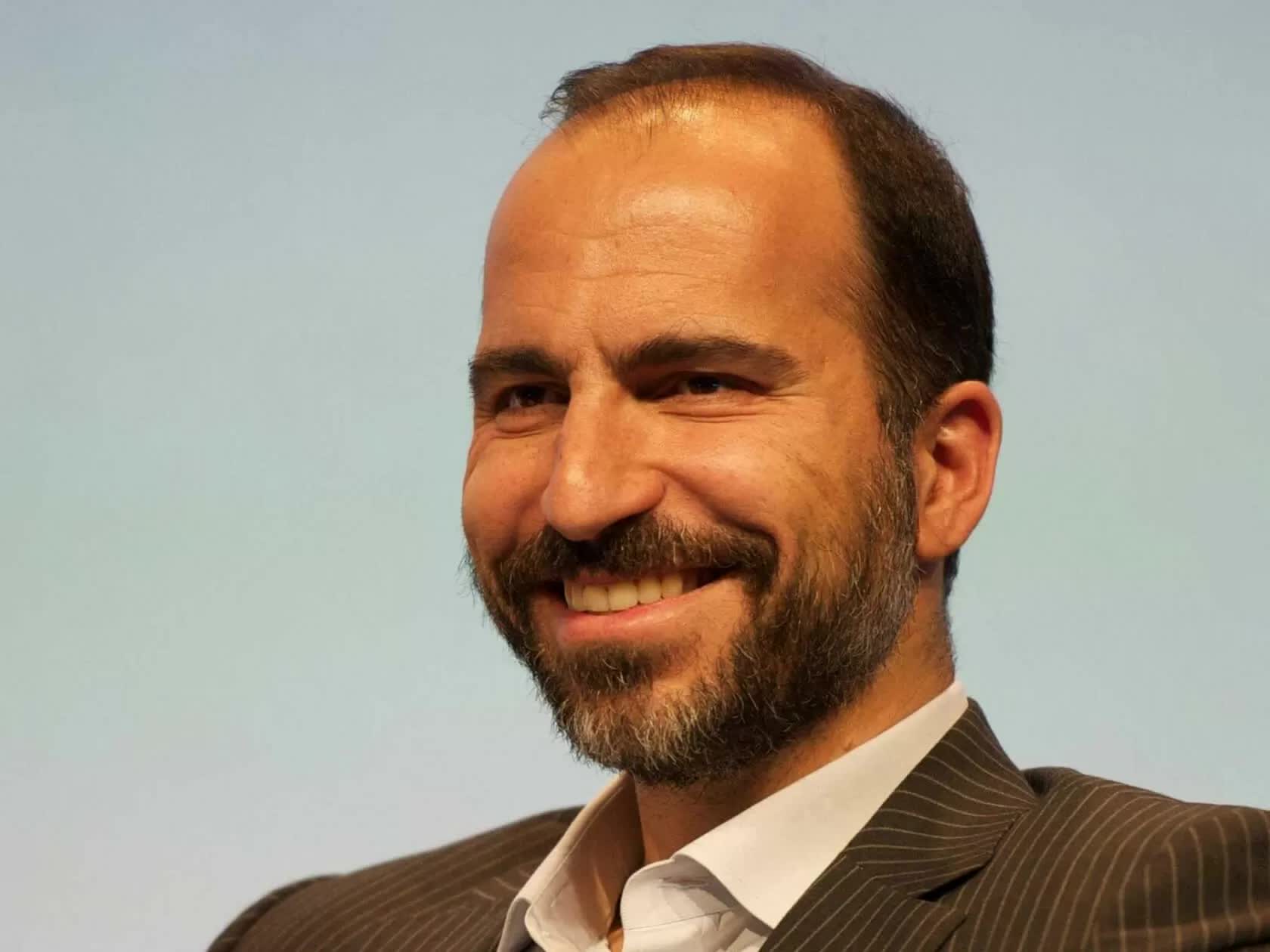Serving the tech enthusiast community for over 25 years.
TechSpot means tech analysis and advice you can trust. Read our ethics statement.
In the black: The days of Uber burning venture capital in a race for global ride-share supremacy appear to be over, with the first annual profit on the books. Uber now seems set on a path to sustained profitability. Will the company be able to kick off a streak?
Ride-sharing giant Uber reached a significant milestone this week. The company reported a full-year profit of $1.8 billion for 2023, marking the first year Uber has posted in the black since going public in 2019.
The profit comes after years of heavy losses as Uber pursued rapid global growth at all costs. The company has trimmed expenses, laid off thousands of workers, and made strategic acquisitions to strengthen its core ride-share and delivery businesses following mounting investor pressure to show a path to profitability in recent years.
In the fourth quarter alone, Uber generated $9.94 billion in revenue, with $1.8 billion in profit. Those numbers mark a 140% increase in profit over the same period last year, beating Wall Street expectations. Gross bookings for rides, food delivery, and other services surged 22 percent to $37.6 billion.
The results suggest Uber may have reached an inflection point, transitioning from a money-losing growth machine to a company capable of generating and sustaining profit. In 2022, Uber’s net income was $-9.141 billion, so 2023’s figures come as a monumental jump.

“2023 was an inflection point for Uber, proving that we can continue to generate strong, profitable growth at scale,” said CEO Dara Khosrowshahi.
Uber stock hit an all-time high of $71.90 following the earnings beat. The results validate Khosrowshahi’s strategy since taking over as CEO in 2017. He inherited a company with a win-at-all-costs culture that flouted regulations and lost billions chasing global domination of rideshare and food delivery.
Khosrowshahi cleaned house, putting profitability and corporate responsibility ahead of unchecked expansion. Uber has exited several costly overseas markets, cut subsidies to attract drivers and customers, and doubled down on core businesses like ride-hailing, food delivery, and freight. Last month, it announced plans to shutter the alcohol delivery service Drizly – only a couple of years following its acquisition – to concentrate resources on Uber Eats.
Labor practices remain a challenge, though. With pressure to boost driver pay in cities like Seattle, Uber has resorted to limiting driver hours in some markets rather than raising wages. However, the profit milestone suggests the company may have finally figured out how to make its model work financially. We’ll have to wait and see how things play out this year.
Image credit: Viktor Avdeev
>>> Read full article>>>
Copyright for syndicated content belongs to the linked Source : TechSpot – https://www.techspot.com/news/101824-uber-pulls-itself-out-red-first-full-year.html
















![[News] Japan Develops 10nm Nanoimprint Technology, with Potential to Tackle EUV Bottleneck – TrendForce](https://earth-news.info/wp-content/uploads/2025/12/329851-news-japan-develops-10nm-nanoimprint-technology-with-potential-to-tackle-euv-bottleneck-trendforce-360x180.jpg)














